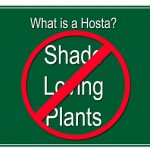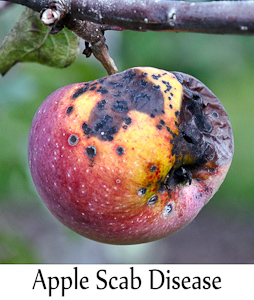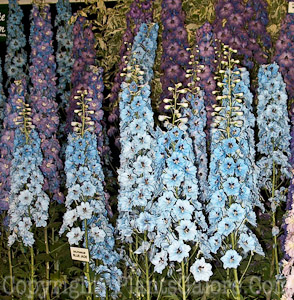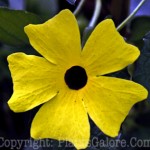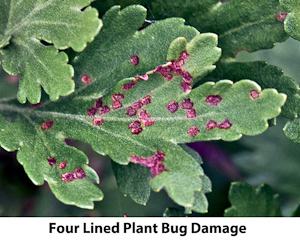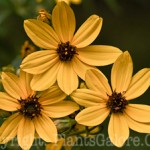
Coreopsis tripteris
Welcome to the blog from PlantsGalore.Com. My name is Ralph Heiden and I am a retired Extension Horticulture Educator from the Midwest. Over 30 years as a professional horticulturist, I have gained a lot of education and experience…some of it quite interesting. In this blog and with my website, I hope to continue to share what I have learned with my fellow backyard gardeners.
Although I was once forced to be a “generalist” covering all aspects of horticulture, my retirement gives me the freedom to concentrate on my main love, ornamental horticulture. So, you won’t hear much about fruit and vegetables or greenhouses on these pages. My energy will be focused on ornamental trees, shrubs, annuals, biennials, perennials and vines that are used in the home landscape. I have developed a special interest and “expertise” in hostas since I have gardened in the shade for several decades. That is why I have created a website called HostaHelper.Com where I currently have photos and information on over 2,400 different hostas.
Anyway, to kick off this new blog, here are a few anecdotes about some of the interesting experiences I encountered while answering a couple thousand telephone calls each year during my tenure as Horticulture Educator.
More…Fun Gardening Calls
 Note: If you stumbled onto this page because you are a fan of The Grateful Dead and are, therefore, a Deadhead, you probably need to move on.
Note: If you stumbled onto this page because you are a fan of The Grateful Dead and are, therefore, a Deadhead, you probably need to move on.

